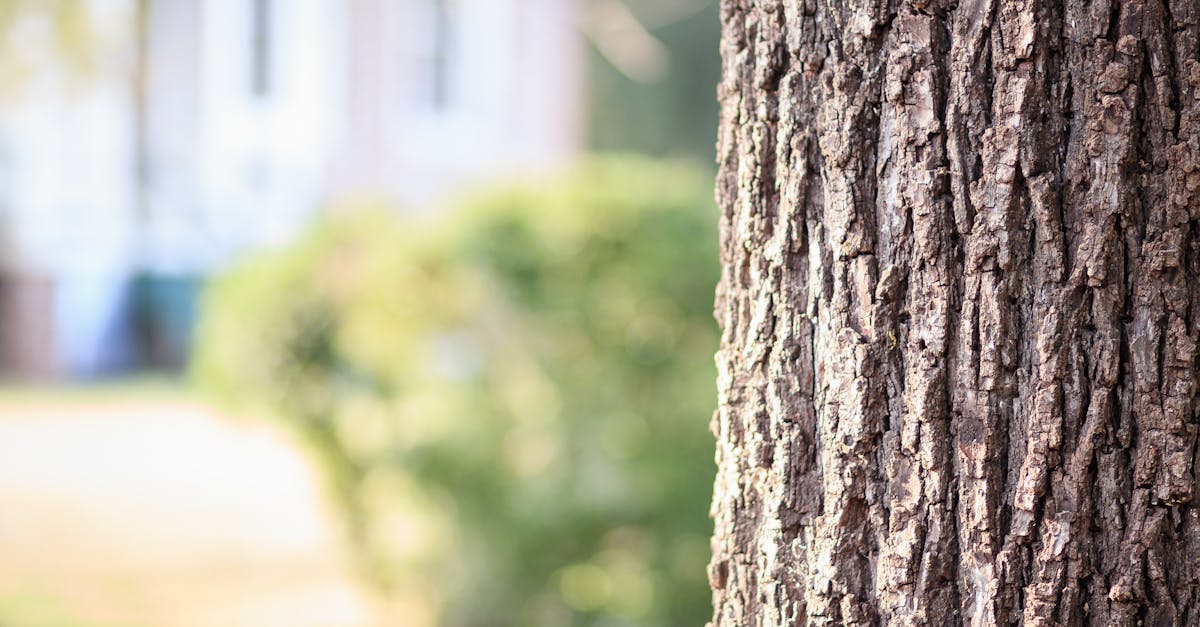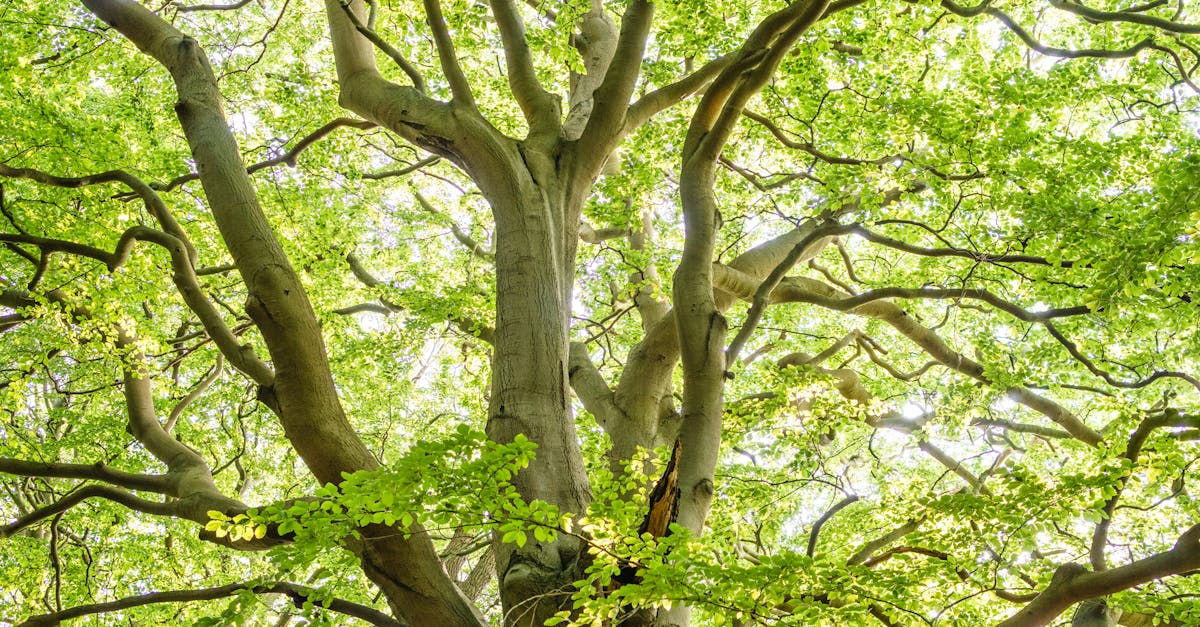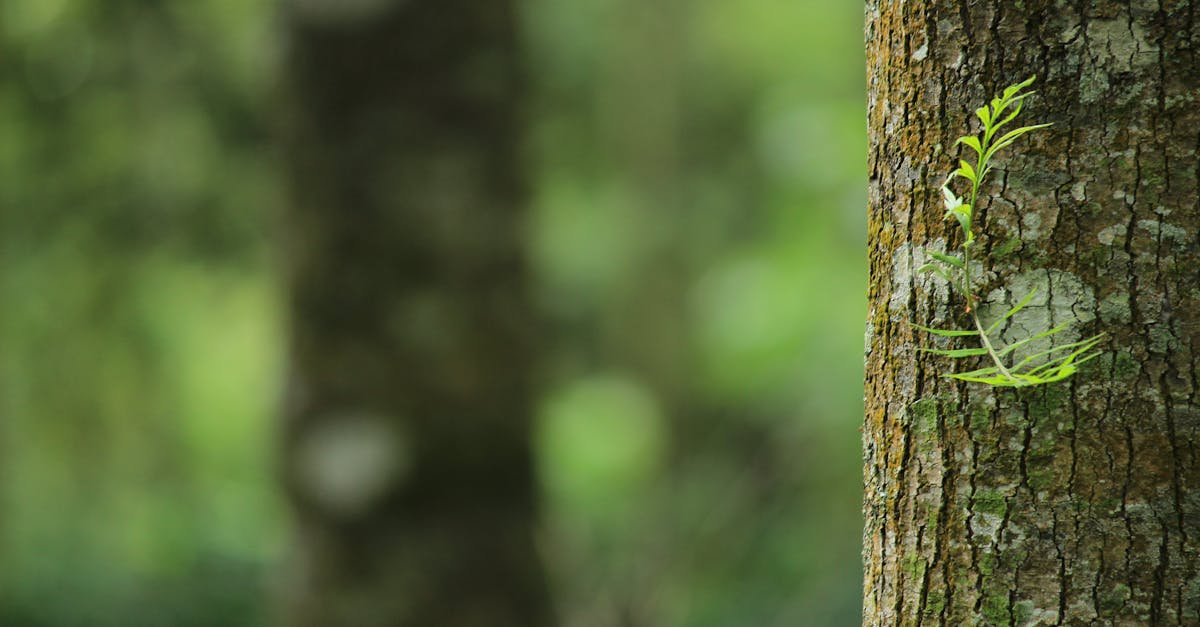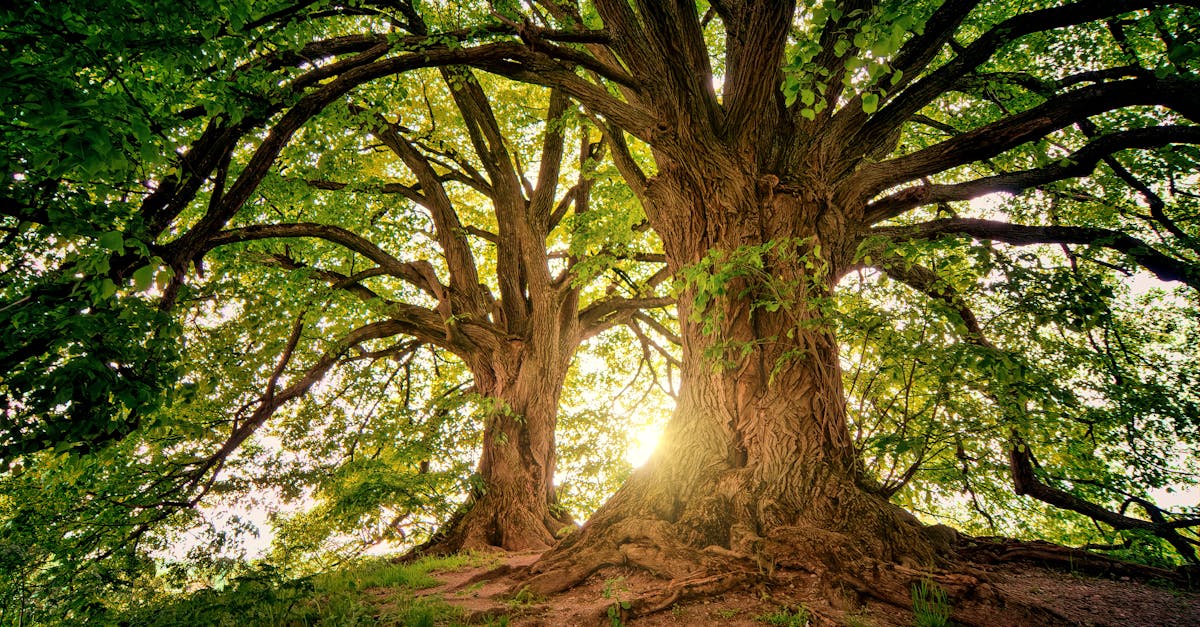
Stump Grinding
Emily Tree Service offers professional stump grinding services to help give your property a clean and polished look. Stump grinding is a cost-effective and efficient method of removing unsightly tree stumps from your lawn or garden. Our team of experienced professionals uses specialized equipment to grind down tree stumps to below ground level, allowing you to reclaim your outdoor space and enhance the overall appearance of your property. Whether you have one stump or several that need to be removed, Emily Tree Service is committed to providing prompt and reliable stump grinding services to meet your needs. Contact us today to schedule an appointment and improve the aesthetics of your outdoor space.
Impact of Stump Grinding on Soil Health
Stump grinding, a common practice in tree service, can have varying impacts on soil health depending on the techniques employed and aftercare procedures followed. When a stump is ground down, the physical structure of the soil can be altered due to the introduction of wood chips and debris. The presence of these materials might impact the soil's ability to retain moisture and nutrients, affecting the overall health of the surrounding vegetation. As the stump decomposes over time, it releases organic matter into the soil, enriching it with essential nutrients.
Moreover, the grinding process can disrupt the root system beneath the ground, potentially affecting the soil's stability and structure. In some cases, grinding can encourage the growth of new plant life, as the mulch created from the stump may provide nutrients for seeds or existing vegetation in the area. However, if not done properly, stump grinding can leave behind obstacles that impede landscaping efforts or even attract pests that could harm the soil and nearby plants. Proper consideration of these factors and post-grinding practices are crucial to ensuring the positive impact of stump removal on soil health.
How Stump Grinding Affects Soil Nutrient Levels
Stump grinding can have a significant impact on soil nutrient levels in the surrounding area. When a tree stump is ground up, the resulting wood chips or sawdust can gradually decompose over time and release nutrients back into the soil. This decomposition process helps to enrich the soil with organic matter, enhancing its fertility and providing essential nutrients for other plants in the vicinity. As the wood chips break down, they can improve soil structure, increase moisture retention, and promote better drainage, all of which are beneficial for plant growth.
Furthermore, the act of stump grinding can also help to accelerate the natural decomposition of the remaining roots and underground stump, which can release additional nutrients into the soil. These nutrients, including nitrogen, phosphorus, and potassium, are essential for plant growth and development. By speeding up the breakdown of the stump material, stump grinding can help to replenish the soil with valuable nutrients, supporting the health and vitality of the surrounding vegetation.
Choosing the Right Stump Grinder
When selecting the right stump grinder for your tree service business, it is crucial to consider various factors to ensure efficiency and productivity. One primary consideration is the size and type of stumps you typically work with. Larger stumps may require a more powerful grinder, while smaller ones could be efficiently handled by a smaller machine. Understanding the average workload will help you choose a stump grinder that meets your business needs without unnecessary expenses.
Another essential aspect to consider when choosing a stump grinder is the terrain in which you commonly operate. The grinder should be able to navigate through different terrains such as slopes, wet areas, or tight spaces with ease. Additionally, considering the accessibility of the job sites will help you determine whether you need a self-propelled or tow-behind grinder. Ensuring that the grinder can maneuver through various landscapes will not only increase efficiency but also prolong the machine's lifespan.
Factors to Consider When Selecting a Stump Grinding Machine
When it comes to selecting a stump grinding machine for your tree service business, there are several key factors to consider. Firstly, the size and type of stumps you typically encounter will influence the choice of grinder. For smaller stumps, a compact and maneuverable grinder may be sufficient, while larger, older stumps may require a more powerful machine with greater cutting capacity.
Secondly, the efficiency and speed of the stump grinding machine are crucial for maximizing productivity. Consider the horsepower of the grinder's engine and the quality of its cutting teeth or blades. Additionally, assess the machine's ability to access tight or difficult-to-reach spaces, as this can impact the overall effectiveness of the stump removal process. Lastly, factor in the durability and maintenance requirements of the grinder to ensure long-term reliability and cost-effectiveness for your business.
Aftercare for Stump Grinding
After grinding a stump in your yard, it is essential to take proper care to ensure the area is ready for new planting. One of the first steps is to remove any wood chips left behind by the grinding process. These chips can hinder plant growth and also attract pests. To improve soil health in the area, you can add a layer of topsoil or potting soil mixed with compost to provide essential nutrients for new plants to thrive. Ensure that the soil is well-aerated and watered adequately to promote healthy root development.
Additionally, consider planting flowers or shrubs in the area to enhance the visual appeal of your yard. Be cautious when working around the stump grinding area to avoid any safety hazards. Regularly monitor the replanted area to ensure that the new plants are establishing themselves well. By following these aftercare steps, you can transform the once unsightly stump grinding site into a vibrant and flourishing part of your landscape.
Best Practices for Replanting After Stump Removal
When replanting after stump removal, it is crucial to carefully prepare the soil to ensure the new plant or tree has the best chance of thriving. Start by removing any remaining stump debris, roots, and rocks from the area. This will create a clean planting bed and prevent any obstacles to the new plant's root growth. After clearing the area, consider adding organic matter such as compost or aged manure to enrich the soil with nutrients and improve its structure. This step can help support the growth of the new plant and promote healthy root development.
Once the soil is prepared, carefully select the plant or tree species that will replace the removed stump. Consider factors such as the plant's size at maturity, sunlight requirements, and soil preferences to ensure it will thrive in its new environment. When planting, dig a hole that is twice as wide as the plant's root ball but no deeper. Gently place the plant in the hole, backfill with soil, and water thoroughly to help settle the soil and eliminate air pockets. Finally, apply a layer of mulch around the base of the plant to retain moisture, suppress weeds, and protect the roots during extreme temperatures. Regular watering and monitoring of the new plant will be essential in the initial stages to promote healthy growth and establishment.
FAQS
What is stump grinding?
Stump grinding is the process of using a machine to grind a tree stump down into small wood chips, leaving the area level with the ground.
How does stump grinding impact soil health?
Stump grinding can improve soil health by breaking down the stump, allowing for better aeration and microbial activity in the soil.
How does stump grinding affect soil nutrient levels?
Stump grinding can release nutrients trapped in the decaying stump back into the soil, providing a natural source of fertilizer for surrounding plants.
What factors should be considered when selecting a stump grinding machine?
When choosing a stump grinder, factors to consider include the size of the stump, accessibility of the site, and the power and maneuverability of the machine.
What are the best practices for replanting after stump removal?
To ensure successful replanting after stump removal, it is recommended to enrich the soil with organic matter, choose the right plants for the area, and provide proper care and maintenance for healthy growth.


